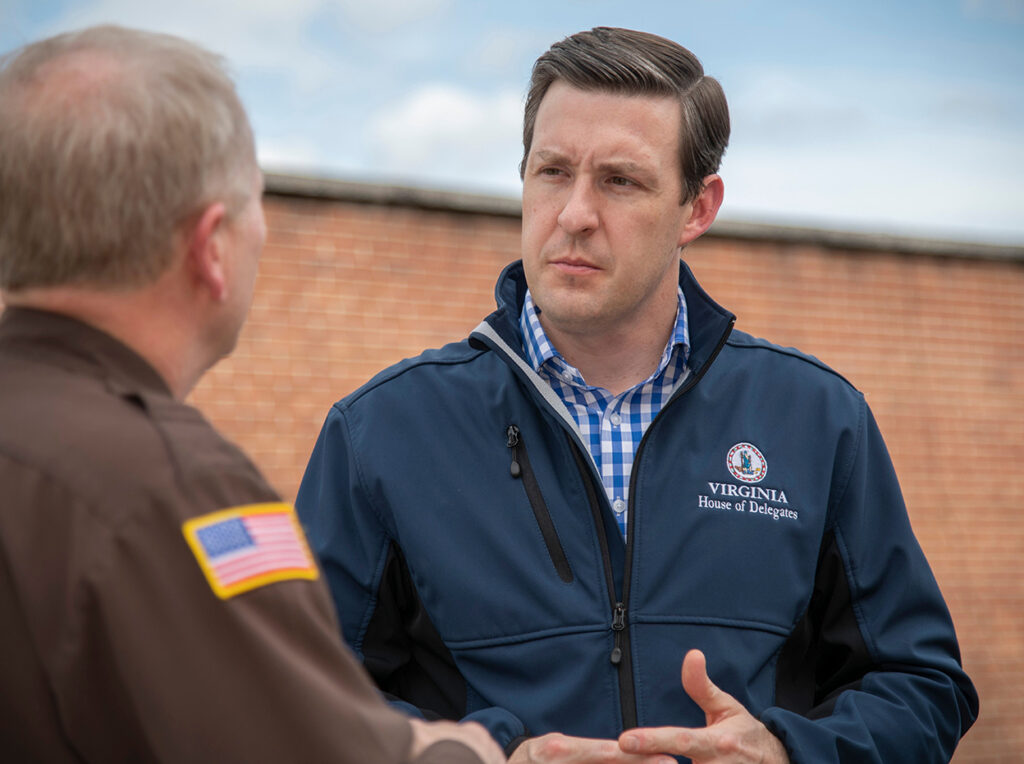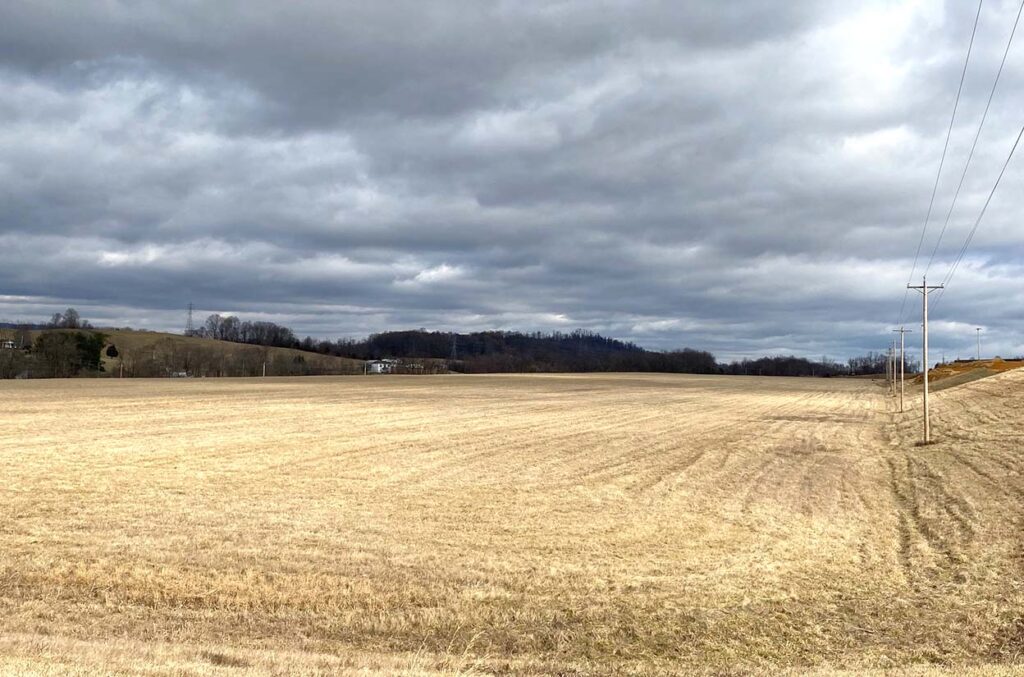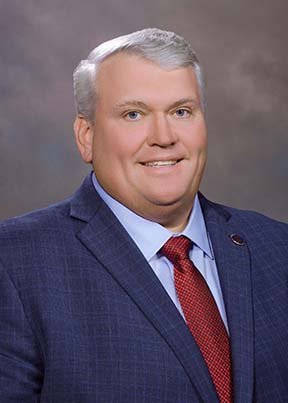
Energy, transportation figure prominently for Southwest Virginia’s legislative delegation
By A.J. Kaufman
During the 2023 session of the Virginia General Assembly, Southwest Virginia has figured prominently.
The Republican House majority wishes to advance Gov. Glenn Youngkin’s priorities through a divided legislature, where Democrats control the Senate. Amid an array of issues in 46 days that started on Jan. 11, Southwest Virginia leaders remained focused on the crucial issue of economic development.
Two subject matters figured prominently for the region: energy and transportation.
Representing their districts, State Sen. Travis Hackworth and Deputy Majority Leader House Del. Israel O’Quinn introduced companion bills to reflect the work of the Southwest Virginia Energy Research & Development Authority (SVERDA) and make the Commonwealth more competitive with federal grants by adding stronger language about pursuing clean energy projects.
“Southwest Virginia is in a unique position to capitalize on some of the legacy energy properties and sites across our region,” O’Quinn told the Business Journal. “Because of our land, power, and water assets, we’re able to move very quickly to attract cutting-edge energy projects.”
When it comes to energy, Youngkin recently advised that it would not be politics as usual.
“Our new path forward will embrace the ‘and’ and reject the ‘or’ of energy politics,” the governor proclaimed in his State of the Commonwealth address. “With our All-American, all-of-the-above approach, Virginians will get affordable, reliable and increasingly clean energy without being tied to unattainable long-term requirements.”
Democrats responded by pushing to halt the Youngkin administration from reconsidering environmental plans — the Virginia Clean Economy Act, the regional greenhouse gas initiative and electric vehicle standards — as the governor’s reforms aim to remove such burdens on consumers, while expanding nuclear energy, including deployment of a small modular nuclear reactor in Southwest Virginia.
In late January, Youngkin announced $90 million in grants to develop 21 project-ready industrial sites across the Commonwealth, with a goal of enhancing infrastructure, attracting new business and accelerating expansion.
Wise County received $750,000 for the Lonesome Pine Business and Technology Park. The location is where the Energy DELTA Lab has worked on a case study for “Project Oasis.”
“The site is a strategic industrial location but also one that InvestSWVA has been working with Wise County to market as a data center location that can employ cutting edge geothermal cooling technology,” Will Payne, managing partner with the firm leading project development initiatives for the DELTA Lab, said.
Specifically, InvestSWVA is working with the Lab to be the first in the world to prove the technology, which is a cooling system using underground 52-degree mine water. Payne claims this would save a data center $1 million annually in municipal water purchases and energy costs.
All the above, along with potential new uses for hydrogen in the region’s coalfields, could provide cheaper, more efficient energy alternatives and lessen rising electricity rates that hurt families and businesses, while still meeting the power needs of citizens.
Meanwhile, rapidly growing inventories have propelled a need for warehouse space and especially logistics and distribution points in central Appalachia.
Inland ports are intermodal sites where freight is transferred from truck to rail or rail to truck. An ideal site features dozens of acres of flat land adjacent to thousands of feet of mainline railroad. Ports enhance the movement of imports and exports by shifting handling operations farther inland, away from congested seaports.

Nearly 200 miles from any sizable body of water, the 161-acre Virginia Inland Port opened near Front Royal three decades ago and has been a success, creating thousands of jobs.
“With the Port in Front Royal, we did not envision the tremendous amount of jobs that were created…it was just overwhelming,” Mike Quillen, a Port of Virginia board member for nearly a decade, explained. “I started pushing to look down this way. The challenge now is to get the railroads and highway department to communicate.”
He hopes railroads in particular will recognize the positive impact in Front Royal — more than 8,500 jobs, 46 major companies as users, and nearly $1 billion into the region over the last three decades — and ancillary benefits for the community, rather than just moving freight.
Quillen, who also chairs SVERDA, said a second inland port “makes all the sense in the world” and believes the State is best to promote the overall impact one can have.
To that end, the General Assembly allotted money to study the feasibility of Virginia building an inland port somewhere like Bristol, which has interstates to reach eastern hubs rapidly. Southwest’s current infrastructure — roads, gas, electricity and water — is considered better positioned than Central Virginia.
State Sen. Todd Pillion, who’s been pushing the issue for over a year, has a bill in to fund a second phase of the study to demonstrate the value of such economic development. In mid-January, he introduced a budget amendment to move forward with port development, which is expected to create 1,370 permanent new jobs.
Quillen believes the Southwest region is superior to the tunnels and bridges around Hampton Roads, and is a “big proponent” of moving the port away from water, as they seek ways to get tractor-trailer traffic off the interstate and onto rail.
“We need numbers to put in front of people and have a full blown economic analysis, including the safety stats,” Quillen added. “It doesn’t require significant state capital. You just gotta get it implemented. The facility will be pretty modest. We have so much access here with the four interstates.”
Washington County’s Industrial Development Authority concurs and announced they will donate a 70-acre parcel at Oak Park Center for Business and Industry, directly adjacent to Norfolk Southern Railway’s mainline. Located off Interstate 81 at Exit 13, there are also three adjacent lots, totaling more than 100 acres that could be incorporated.
Cognizant that in recent years Virginia lost economic development prospects to neighboring states due to a dearth of available inventory and business-ready sites, the authority board voted unanimously Jan. 12 to donate the necessary acreage to construct the inland port.
The ongoing push to bring passenger rail to downtown Bristol and beyond also prods along, with Norfolk Southern slow to implement, due to capacity concerns and not wanting to conflict with freight movement. The railroads also worry about not enough revenue via passengers to justify the capital cost of double tracks. Various Chambers of Commerce and politicians have pushed for a train route from parts of Tennessee and downtown Bristol to Washington D.C. and even as far as New York City.




